
Aziz Ahmed, chairman of the Pakistan Tanners Association’s south zone, assures that the decline can be reversed and exports can be doubled in less than two years if the government collaborates with the leather industry.
In an interview with The Express Tribune, Ahmed said that the industry has been unable to resolve its issues due to the lack of a separate ministry. Having been bundled up with the textile industry, more often than not, the stakeholders of the leather business have not been catered to.
“We have been demanding a separate ministry for a long time now,” he said, adding that every time the subject was brought up, the government conjured up new excuses. “We have even been told that when the government is considering minimising ministries, an increase in the cabinet size could not be validated.”
The association claims that when they requested for a one-window operation, the government responded that various departments already existed to facilitate businesses. “How is it one-window when we have to approach several departments?” questioned Ahmed.
Power outages and the deteriorating law and order situation have already resulted in losses worth millions for industrial units but four factors have been blamed for the drop in leather exports. Hike in raw material prices, poor tax structure and dearth of basic infrastructure are three, while the lack of a viable trade policy is the main cause, according to the association.“We are not asking for incentives. All we are asking for is our basic rights as factory operators,” asserted the chairman.
“The major problem is the communication gap between the traders and the government. It takes decisions without taking traders on board, the reformed general sales tax for example,” he pointed out.
The leather industry pays Rs1.5 billion in refundable taxes and if the government returns even one per cent, it makes a substantial amount.
The refunded money, Ahmed said, could be invested in roads, electricity, gas and security by the trade associations in their industrial zones. “This way, the Korangi Industrial Area’s sector 7A, which has the highest number of tanneries in the country, can progress which will make a world of difference for us.”
The PTA chairman also said that they expect the zero-rating status of the industry to continue as people dealing with leather industry, such as the meat traders and farmers, are mainly illiterate. “We cannot ask them to keep records and invoices of sales and neither can we take a census of animals as they won’t know what to do.”
Ahmed, who considers Bangladesh and India as potential threats to the local leather industry, pointed out that their exports had also declined due to the hike in hide prices. In the case of Pakistan, he blamed the rampant smuggling of livestock across the border to Afghanistan and Iran.
“Approximately 70-100 trucks of livestock are smuggled daily,” he claimed. “When we are short of agricultural commodities, the government places a ban on them, so why not for livestock?”
Better known as a doctor than for his business, the representative admits that his industry has never given much importance to training labourers. Fortunately, Pakistan does not fare too bad as far as technology is concerned. “We are somewhere in between, as big tanneries have the best of technology but there is always room for improvement.”
Published in The Express Tribune, November 20th, 2010

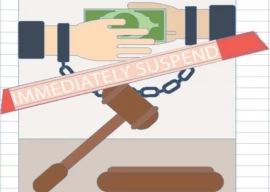
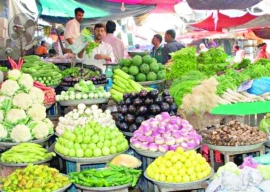
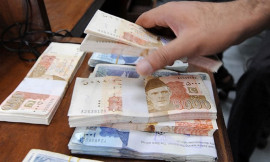
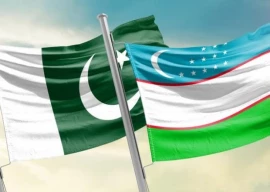
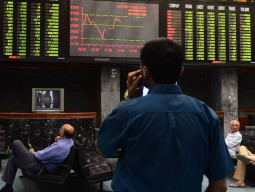











COMMENTS
Comments are moderated and generally will be posted if they are on-topic and not abusive.
For more information, please see our Comments FAQ